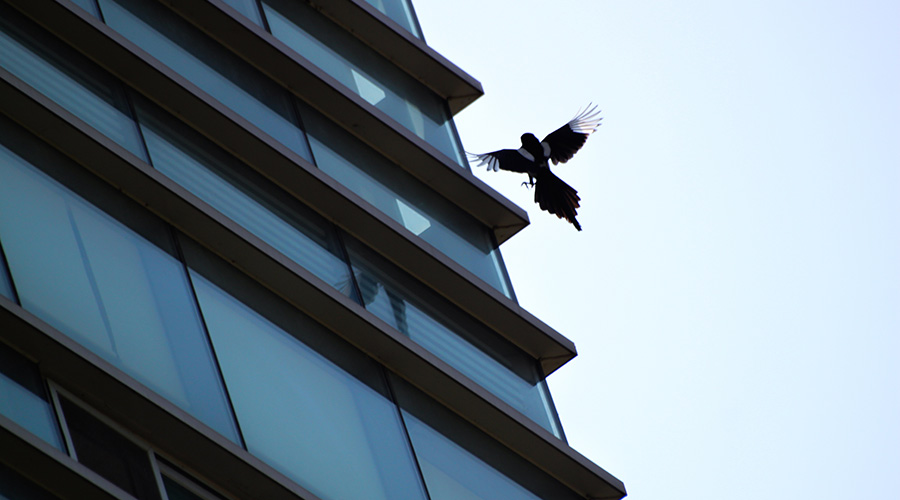Testing an Important Consideration for Emergency Lighting Installation
While it might be tempting for managers to focus on the first cost of emergency lighting products, as with any other type of technology, managers also need to consider post-installation issues. In this case, a key consideration is the testing that emergency lighting products require.
“One important thing is that they need to consider the periodic maintenance that’s required by code when they’re selecting those products,” Garza says. “That is the manager’s responsibility to make sure that is done properly and on time. Typically, every 30 days, they’re supposed to be evaluating emergency lighting, path of egress, and marking and lighting systems under NFPA 101.
“There are three methods allowed for doing periodic testing. One of the standards that has been around for years is just pressing the button on a fixture with a battery every 30 days. Self-diagnostics was another technology that was adopted into the code and is allowed under NFPA 101. But that one only allows the 11 30-second tests to be automated. The 90-minute test, according to most interpretations of the code, is intended to be a full-functional test that you observe.
“Back in 2006, the code allowed a third method — self-diagnostics that included the 90-minute, as long as you had a computer-based system that would retain the historical information on the testing and be able to provide that to the authority having jurisdiction for an inspection.
“That being the case, that is one of the technologies we see as a real benefit to people who want to maintain their appropriate compliance with code and keep all their information up to date and make it simple so they are not burdening their maintenance people with doing this testing, in some cases schools and other institutions that have large campuses
or facilities.”
This potential for streamlined testing and inspection comes as manufacturers have pushed into new applications for lighting controls technology.
“In the last few years, another alternative has been offered and accepted for the code,” Rapenau says. “For building maintenance people, this means all this equipment with the possibility of self-testing and diagnostic can be connected in a chain, and the information can be transmitted to a central control point, where maintenance personnel can check instantaneously the status all the equipment in the building. So they don’t have to walk around for the manual tests. They don’t have to walk to verify the system with the self-testing has shown a failure. Everything is available on a screen.”
Whatever technology might offer in the way of potential productivity gains, managers still must ensure that emergency lighting system specifications comply with local building codes.
“That’s an issue that we see in the field,” Wafler says. “Hospitals do a great job of recognizing the code requirements for testing, as well as some school systems and universities. But beyond that, it really kind of falls back to the level of the local inspection. How strict is the local inspection going to be in confirming that each individual facility has met its requirements? NFPA 101 requires that the end user perform a 30-second diagnostic test on their emergency systems every month and keep a written record of the results.
“What you run into if you have a large facility with a large number of unit equipment — emergency ballasts or battery packs — is that the testing can be quite time-consuming and labor intensive. There are products on the marketplace that will self-test and self-diagnose on a monthly basis. That takes the labor out of the actual manual testing, at which point the technician would only have to do a simple walk-through and complete the written record once per month.”
Related Topics:














